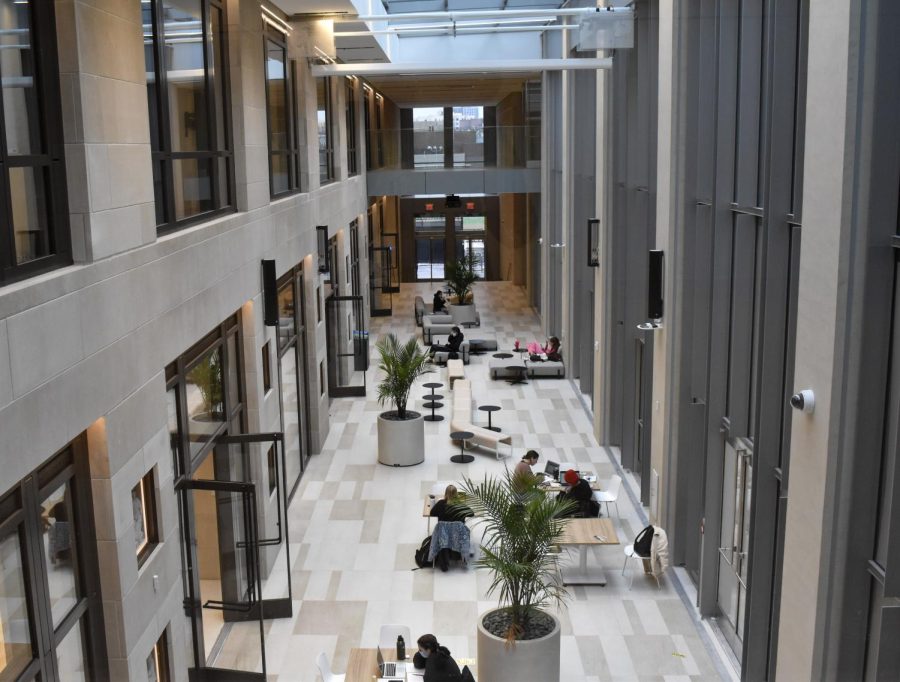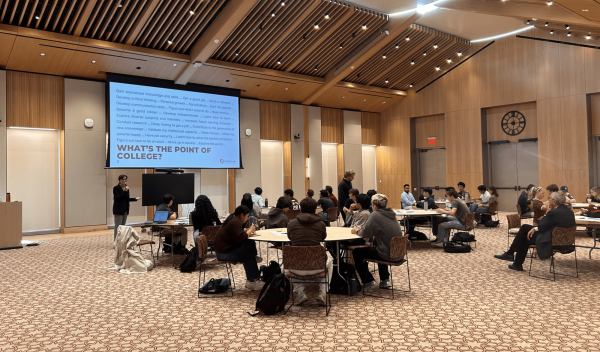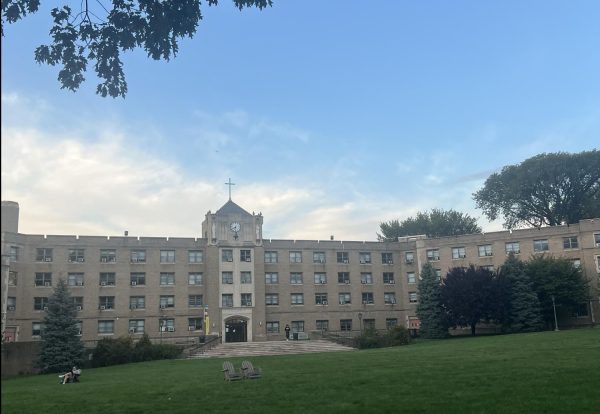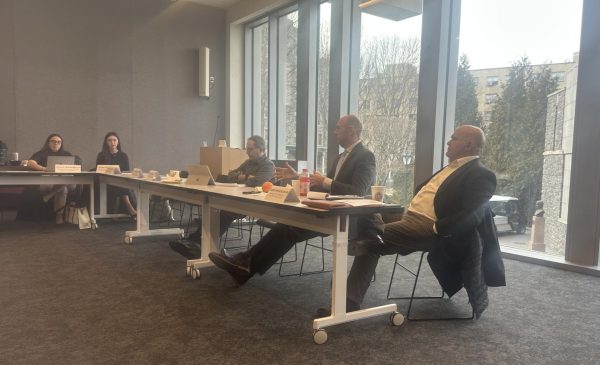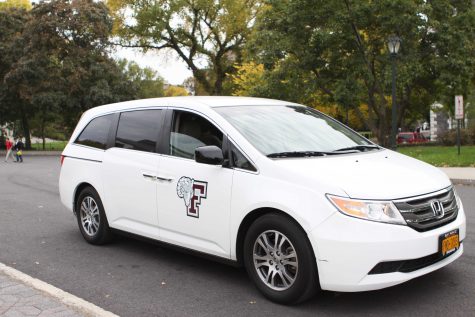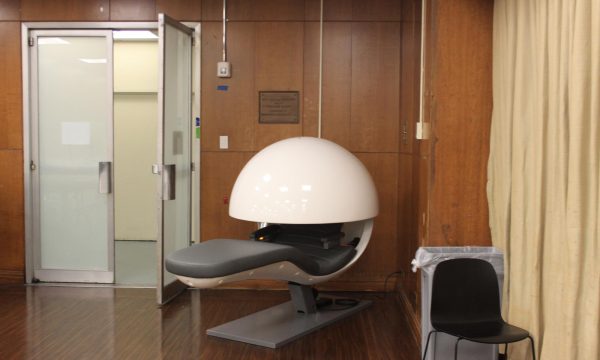Commuter Students Weigh in on New Student Center
The new commuter student lounge in the renovated campus center was the subject of much discussion and excitement leading up to the building’s opening. The previous commuter lounge, located in the basement of McGinley, has been criticized in the past for its lack of updates, both in size and modernity.
The commuter student population at the Rose Hill campus has grown significantly in recent years, prompting the university to create a new, updated space.
When renovations for the new campus center began in 2020, a new commuter student lounge was a top priority. According to Fordham’s website, “approximately 40% of the full-time, undergraduate students at Rose Hill are commuters,” emphasizing the need to establish a new, fresh space for them to go between classes and to meet other commuters.
The student lounge is also in use by Fordham’s Commuter Student Association, a club known for its fun and engaging programming that attracts both commuters and residents alike.
The new campus center now accommodates the university’s larger commuter student population through its convenience and comfort; it is overall “very modern,” said commuter Yu Jin In, FCRH ’24. “It’s just very aesthetically pleasing to walk into,” she explained, “and the seatings are so comfortable” and “there are so many to choose from” such as the conference rooms, which are a “good choice” for privacy.
Unlike the previous commuter student lounge, the new lounge has a number of different options for seating and rooms, such as the aforementioned conference rooms and larger lounging areas.
Fordham’s Commuter Student Association, known best for its yearly “Thanks-Give-Away,” has yet to hold any of its events in the new lounge, instead electing for a random classroom in McGinley. However, it is expected that the association will hold a number of its programs in the lounge, as they did with the old one.
The new campus center has given commuter students autonomy, as many of them felt cramped and shelved by the previous commuter lounge.
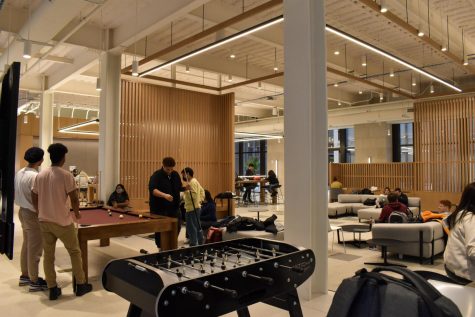
The population outgrew the space, and the new lounge represents a plethora of new possibilities for existing and future commuter students.
Moreover, the old commuter lounge is being renovated by the university, though the plans for it remain unknown.
It is most likely that the lounge is being reconfigured into a different type of space, such as an office, rather than remodeled as a second commuter lounge.
Regardless, the new lounge is well-loved by the commuter population and has become the “go-to place at Fordham” for commuters, said In.
It is the university’s ultimate goal that commuters feel embraced by the renovations and potentially encourage more commuters in the future.
As a part of Fordham’s diversity initiative, the school is committed to “broadening the diversity of [its] students,” of which commuters constitute a large majority.
Commuters are historically the backbone of the university; decades ago, it was Irish and Italian New Yorkers bringing fresh perspectives to the Bronx campus.
Now, it is mostly people of color from the five boroughs.
Dean of Students Christopher Rodgers once called commuters, formerly known as “day-hoppers,” “woven into the tradition of Fordham.”
Now that commuter students are finally receiving the attention they deserve, the new lounge is an opportunity to foster their growth and encourage their personal and academic success.
It represents the strengthening of a bridge between commuters and resident students, which has been extended through the Commuter Student Association and Fordham’s Campus Activities Board.
As the semesters go on and the new center becomes a campus staple, the new campus center will become a collaborative fishbowl of bright young minds.

Samantha “Sam” Minear is a senior from Long Branch, N. J., majoring in international studies and communications. She started as a contributing writer...





































































































































































































